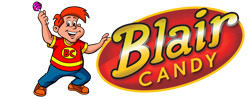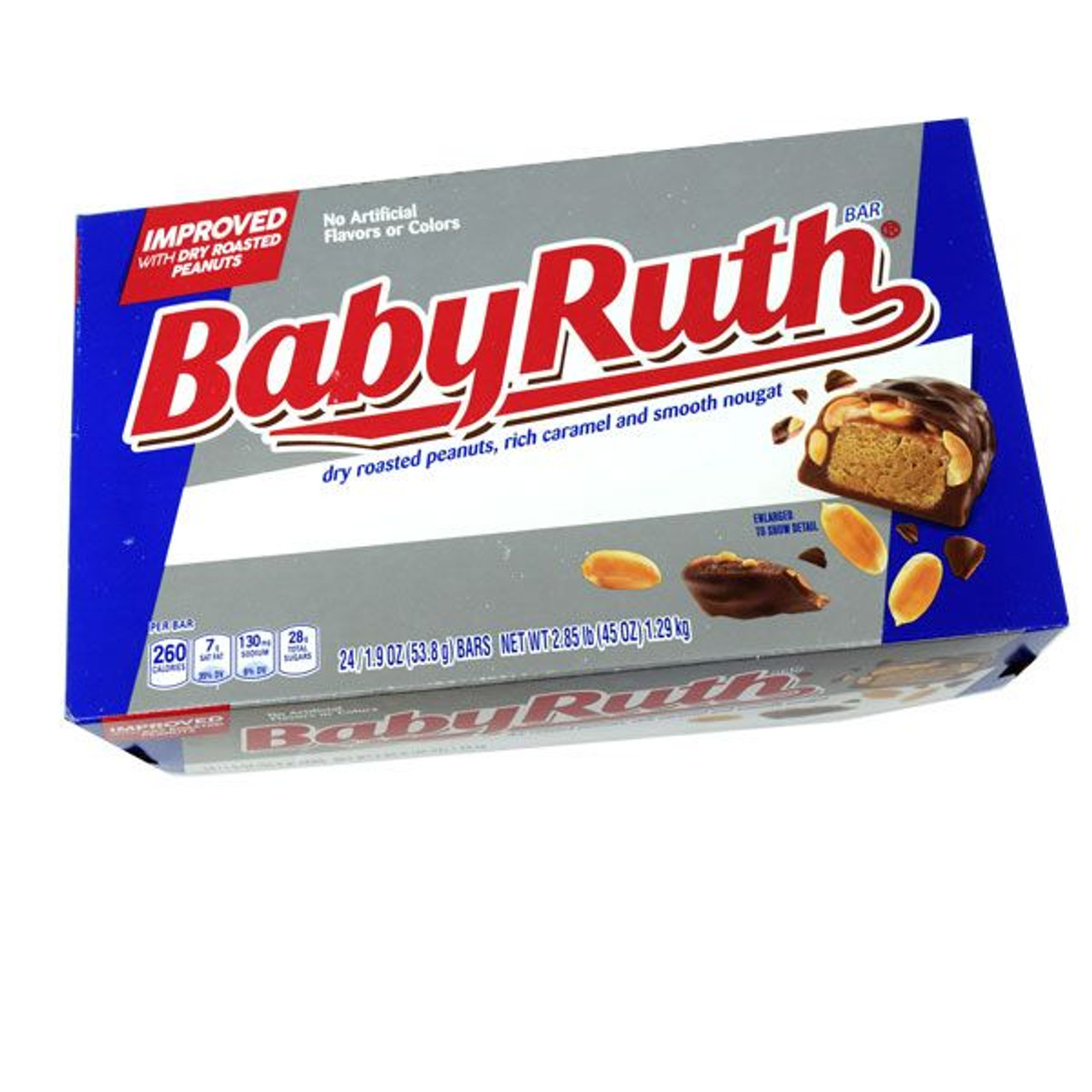Timeless Treats: Nostalgic Candy Bars that Stand the Test of Time
Sep 25th 2023
There's a certain magic to peeling back the wrapper of a nostalgic candy bar, a bridge to memories past, an old-time candy tradition that evokes the tastes and textures of yesteryears. These beloved candies are not just mere confections but artifacts of history, emblems of simpler times. Dive with us into the sweet histories of some iconic candy bars, and let's indulge in a mouthful of memories.
PayDay (Introduced in 1932)
Amid the throes of the Great Depression, when many found themselves pinching pennies and longing for better days, the PayDay candy bar was introduced. Although a bit ironic in its naming given the financial climate of the era, the bar stood out in its rich composition. A simple, yet delectable mix of salted peanuts rolled over a caramel core, it provided an affordable luxury for many. As an interesting fact, the PayDay bar originally had no chocolate. It wasn’t until later renditions that a chocolate-covered version was introduced, adding another layer of decadence to an already delicious treat.
Abba-Zaba (Introduced in 1922)
Before the Roaring Twenties began swinging with jazz and flapper dresses, the world was graced with the introduction of Abba-Zaba. This chewy taffy candy bar with a peanut butter center became a West Coast favorite. Wrapped in its distinctive, bright yellow and black checkered package, the Abba-Zaba's unique taste and texture combo made it stand out. Legend has it that it even became the favorite candy of legendary actor and comedian, Razzie-winner Tom Hanks, solidifying its place in pop culture and nostalgic candy history.
Hershey Bar (Introduced in 1900)
Turning the pages back further, at the dawn of the 20th century, Milton S. Hershey embarked on a mission that would forever change the world of chocolate. The Hershey bar, with its distinct milk chocolate taste, became an instant classic upon its introduction. Simplistic in its ingredients but rich in flavor, this old-time candy was one of the first to be mass-produced, making chocolate accessible to the everyday American. Today, the iconic design of the Hershey's chocolate pieces, which can be broken off and shared, is universally recognized and serves as a testament to the timeless nature of good design and even better taste.
Baby Ruth (Introduced in 1921)
The origins of the Baby Ruth bar are shrouded in tales and legends. Was it named after the famous baseball legend Babe Ruth? Or perhaps, as the company claims, after President Grover Cleveland's daughter, Ruth? Regardless of its true origin story, this nougat-based bar filled with peanuts, caramel, and chocolate became a fan favorite. The juxtaposition of salty and sweet, chewy and crunchy, made Baby Ruth a must-have treat in every candy store across the nation.
The Timeless Appeal of Nostalgic Candy Bars
Now, you may wonder, in a world brimming with innovative confections, gourmet chocolates, and fusion flavors, how have these old time candy bars remained so beloved? There's a comfort in the familiar, a joy in the tried and true. These nostalgic candy bars represent not just flavors but eras, memories, and moments. Each bite is a step back in time, a dance of decades past, and a reminder of simpler pleasures.
Moreover, in an era overwhelmed with choices, the classic tastes of these nostalgic candy bars offer a palate cleanser, a return to the basics. They remind us that sometimes, the most enduring pleasures are the simplest ones. Whether you're rediscovering an old favorite or introducing it to a new generation, these century-old candy bars serve as a sweet testament to the adage: old is indeed gold. So, the next time you reach for a treat, remember the timeless journey of these candies and revel in the taste of history.





